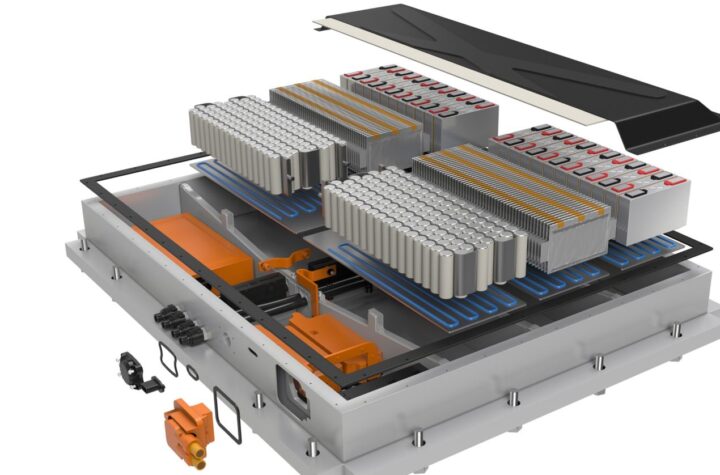
A new generation of data-centric services gradually emerging today in the international telematics market eventually will transform the traditional telematics business model away from annual service subscriptions for primarily emergency-related, location-based services. The core benefit of future telematics services will likely be, always-on, virtual connectivity with the vehicle, enabling telematics to become standard on every vehicle.
That is the prediction that will be offered next week at Telematics Update Detroit by Steve Millstein, President and CEO of ATX Group, the world’s largest independent telematics provider.
“What we’ve long considered as the basic tenets of the telematics business will change, essentially becoming ancillary, added-value benefits to a new core of services that leverage the fact the car is simply a node on an information network,” said Millstein. “These new services will be data-centric and will integrate vRM (vehicle relationship management), driver interactive vehicle applications (DIVA), voice-activated Web access into the vehicle, information about the environment in which the vehicle is operating as well as real-time, diagnostics information about the vehicle’s operation and performance. However, unlike subscription services today, automobile manufacturers will continue to include basic telematics services in the total price of the vehicle because their customers now expect them.”
The gradual transformation of telematics operations from call-center environments into data management centers has begun, driving the expansion of current telematics programs in both North America and Europe and providing new incentive for additional automobile manufacturers and other players — new to telematics — to enter the market.
“T3, or third generation, telematics services will transform every vehicle into a voice browser, a data router, and a node on a wireless communications network,” Millstein added. “The result will be continual, real-time access to valuable information about the vehicle and its performance, its environment, and its connectivity to the owner and driver.”
Millstein cited four specific areas where telematics is in the process of expanding beyond its traditional core of location-based emergency, security and navigation services:
WEB ACCESS
Recent advances in the integration of natural language voice technology into the vehicle has finally enabled the delivery of an IP address to the driver’s seat. Content providers are now ready to deliver “geo-casts” – information that could be pushed or pulled to the vehicle depending on customer choice. This enhanced information – most notably navigational directions, pinpoint location, and localized point-of-interest information – will yield more relevant value to drivers and replace many of the navigational-oriented information currently provided through embedded and aftermarket navigation devices.
DRIVER INTERACTIVE VEHICLE APPLICATIONS (DIVA)
DIVA applications enable the driver to continuously communicate with his vehicle, using any networked communications device to remotely control vehicle functions, to poll the car and its browser for information, or to download information to the car.
VEHICLE-GENERATED DATA
Remote diagnosis of the car’s environment – In the past, remote polling of vehicles has primarily focused on potential traffic flow information, but in fact the car can also probe in real-time the temperature, precipitation, air quality and road conditions at any given location as well as in-vehicle consumer behavior.
Remote diagnosis of the vehicle’s actual performance – To date, vRM or vehicle relationship management (measuring the actions of the vehicle and its driver/owner and customizing services based on those actions) has been primarily associated with diagnosing “under the hood” problems prior to a vehicle’s arrival to the service bay. Tomorrow, data pulled from the vehicle will be used to better manage aftermarket parts and service, warranty and maintenance, leasing and financing, and to assist in the process of insurance claims.
Millstein cites two key developments in North America that signal the emergence of T3 applications – BMW’s decision to incorporate the four-year cost of its Assist telematics service, provided by ATX, into the MSRP of its vehicles and General Motors’ decision to make its telematics service standard on every one of its vehicles. As a result, other Japanese and American automobile manufacturers are working on telematics deployment plans in North America.










More Stories
DuPont materials science advances next generation of EV batteries at The Battery Show
Cybord warns of dangers of the stability illusion
Avery Dennison PSA tapes support rapid evolution of EV batteries